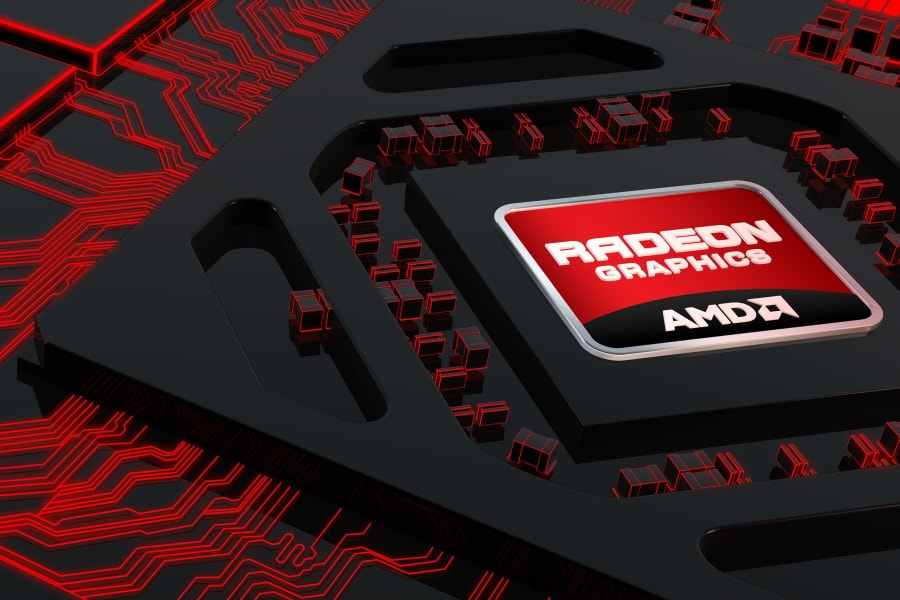Following the news of the new NVidia architecture, AMD answered with its new High Bandwidth Memory (HBM) chip.
Cold war goes hot
AMD and NVidia have always been competing who could make a video card powerful enough to make top games plead to set the graphic settings on “ultra” level. Only a week or so ago we assumed that in the short run the green video card company was going to win but now, it looks like the red ones had an ace up their sleeve all along.
This ultimate battle has been beneficial not only for gamers though. The Bitcoin miners before the arrival of the ASIC processor were digging for digital coin were using the AMD’s HD 7000 series. However, GPU mining is suitable mostly for the “lighter” coins like Litecoin (pun not intended), Dogecoin and a cohort of other alts.
Nevertheless, when Volcanic Island chipped models came onto the market they were immediately sold out to the cryptocurrency diggers.
Archipelago of RAM
After RAM of the GPUs got to the DDR5 there was practically nowhere to go further. Though it was already as fast as it got, the raising difficulty of the mining required even more output.
New HBM 3D is claimed by AMD to be especially suitable for Scrypt mining as it literally gets volume.
Imagine the good old RAM that looks like a chocolate bar. The CPU requests storage data from the “squares”. Now for comparison think of the warehouse divided into several rooms. The further the wares are stored near the walls, the longer it takes for the warehouse worker to reach them and bring back to the checkout. Same thing with CPU.
To make it easier to reach, the data was put into smaller boxes until it became physically impossible to put data into them. Again, for now.
HBM works its way up not only in sense of speed but literally, the “bars” or “rooms” are stacked together which not only reduces the time it takes to put data into RAM and retrieve it but also consumes less energy which is one of the biggest concerns for any digital coin miner.


